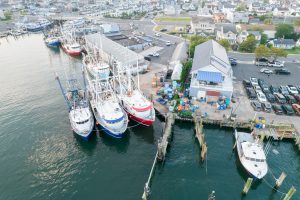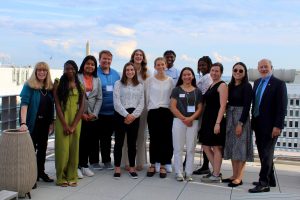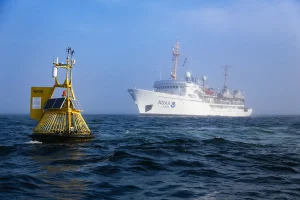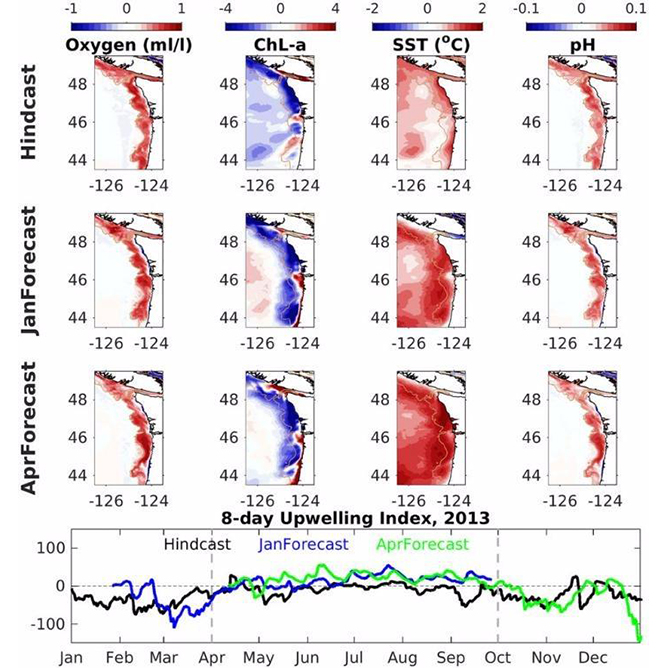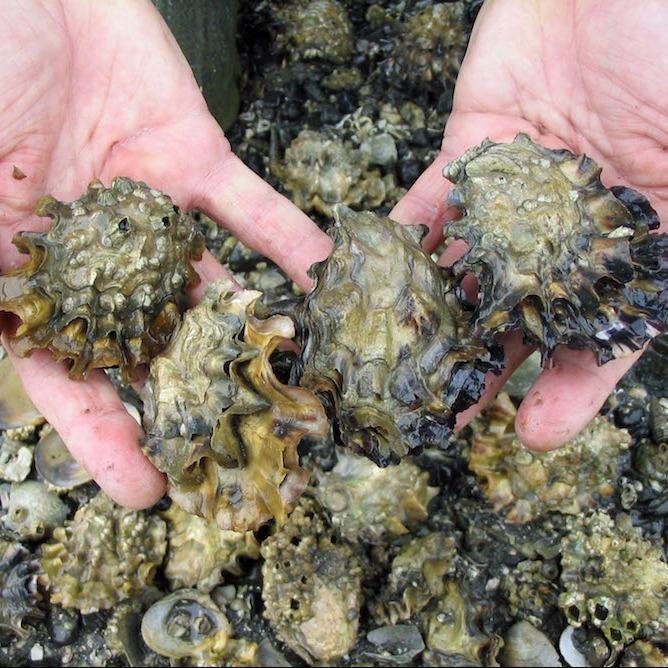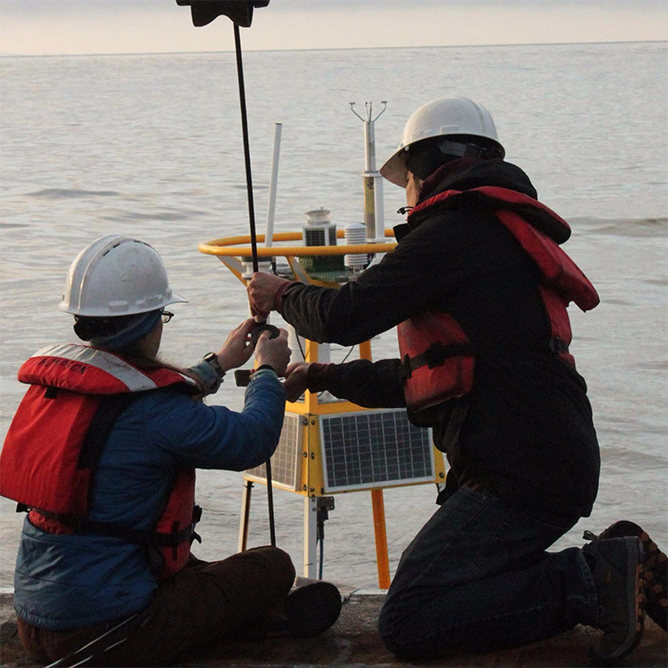Fish division of the Oregon Department of Fish and Wildlife
This position is in the Marine Resources Program (MRP) administered by the Fish division of the Oregon Department of Fish and Wildlife (ODFW) located in Newport, Oregon. For more information on this position visit: [EasyDNNnewsLink|68].
Duties & Responsibilities:
Pursuant to Senate Bill 1039 (2017), Oregon is establishing an Ocean Acidification Coordination Council (Council), co-chaired by Oregon State University and ODFW. The purpose of this position is to coordinate and support activities undertaken by the Council and the agency related to ocean acidification research, monitoring, and policy outcomes. The person in this position conducts work associated with coordination and support of the Coordination Council as outlined in the statutory mandate and subsequent state policy on ocean acidification. Major roles and responsibilities are to:
• Provide technical assistance to the Marine Resource Program (MRP) manager and Council co-chair with coordination, operations and actions taken by of the Oregon Ocean Acidification and Hypoxia (OAH) Coordination Council. Assist the MRP manager and Council co-chair to prepare informational reports and develop work products for the Council.
• Write environmental and policy reports on topics as assigned by MRP Manager, in coordination with Council co-chair. Consult with federal, tribal, state, and local agencies and scientists on the laws, rules, regulations, policies, and guidelines related to OAH. Write, review, and edit scientifically based reports. Review, and edit scientific white papers synthesizing information OAH.
• Develop and provide OAH informational and outreach materials, public-oriented brochures, fact-sheets, FAQ documents, white papers, website content and social media. Respond to questions from the public and media.
• Under the guidance of the MRP Manager, the Council
• Provide technical assistance with analysis,
• Assist with Oregon-based OAH activities in coordination with Council, and assist in promoting Oregon perspective in regional and national discussions. Analyze data and technical documents and write reviews, summaries, and draft recommendations. Support ODFW's maintenance of the regional inventory of OAH monitoring, gaps analysis, and strategic improvement. Edit and manipulate OAH data on Excel spreadsheets. Use GIS software (
Draft documents describing the management priorities for expanding monitoring infrastructure to fit management needs.
• Participate in the planning, design, and implementation of multidisciplinary OAH research and monitoring activities along with the Oregon coast. Coordinate and support ODFW's participation in OAH-related field research, meetings and processes (scheduling, meeting materials preparation, taking meeting minutes, and other related duties) for multiple participants.
